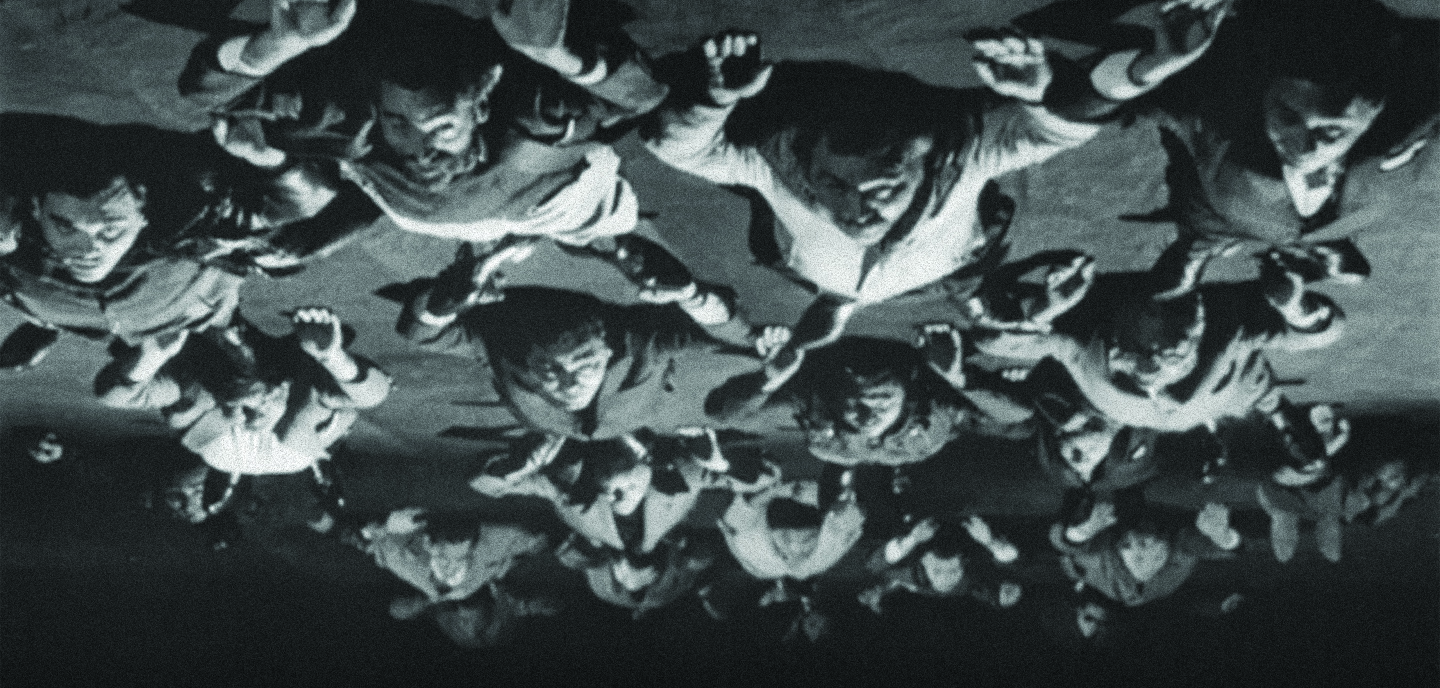Cristina Rivera Garza, Había mucha neblina o humo o no sé que (México DF: Random House, 2017)
“Talpa” was originally published in Revista de América, January 1953.
Elaine Scarry, Thermonuclear Monarchy: Choosing Between Democracy and Doom (New York: W. W. Norton & Company, 2014), 377–78.
Rolando Vázquez, “Precedence, Earth and the Anthropocene: Decolonizing Design,” Design Philosophy Papers, March 24, 2017 →.
See, for example, Luke Taylor, “Canada’s Gran Colombia Gold files $700 million lawsuit against Colombia over Marmato project,” Financial Post, April 10, 2017 →.
Mina Lorena Navarro, “Luchas por lo común contra el renovado cercamiento de bienes naturales en México” Bajo el volcán 13, no. 21 (September 2013–February 2014).
See Noam Chomsky, “Activismo ambiental indígena latinoamericano,” Ecoosfera, Marzo 2017 →.
See Robert Melchior Figueroa, “Indigenous Peoples and Cultural Losses,” The Oxford Handbook of Climate Change and Society, eds. John S. Dryzek, Richard B. Norgaard, and David Schlossberg (Oxford: Oxford University Press, 2011).
See Margarita Warnholtz Locht, “Represión en Michoacán,” Animal Político, April 7, 2017 →.
Claudia Composto and Mina Lorena Navarro, “Claves de lectura para comprender el despojo y las luchas por los bienes comunes naturales en América Latina,” in Territorios en Disputa: Despojo capitalista, luchas en defensa de los bienes comunes naturales y alternativas emancipatorias para América Latina, eds. Claudia Composto and Mina Lorena Navarro (Mexico City: Bajo Tierra Ediciones, 2014).
See Santiago Arboleda Quiñonez, “Plan Colombia: Descivilización, genocidio, etnocidio y destierro,” in Territorios en Disputa.
See Vázquez, “Precedence, Earth and the Anthropocene.”
Eyal Weizman, Erasure: The Conflict Shoreline (Göttingen: Steidl Verlag, 2016).
See Linda Tuhiwai Smith, Decolonizing Methodologies (New York: Zed Books, 1999), 27.
See Achille Mbembe, “Difference and Self-Determination,” e-flux journal 80 (March 2017) →.
See T. J. Demos, “The Great Transition: The Arts and Radical System Change,” e-flux architecture, April 2017 →.
Smith, Decolonizing Methodologies, 66.
Vazquez, “Precedence, Earth and the Anthropocene.”
This text is indebted to Eric Cazdyn’s Blind Spot Machine, a film/project/lecture/performance that he presented at La Esmeralda in Mexico City in April 2017. Cazdyn’s piece addressed issues of representation and legibility, critically questioning how modern epistemology works in film and language. I am also grateful for the feedback I received from peers at “The Political Lives of 21st Century Culture,” a workshop held at the Center for US and Mexico Studies at the University of California, San Diego, especially Paloma Checa-Gismero and Tania Islas Weinstein, who organized the workshop.
